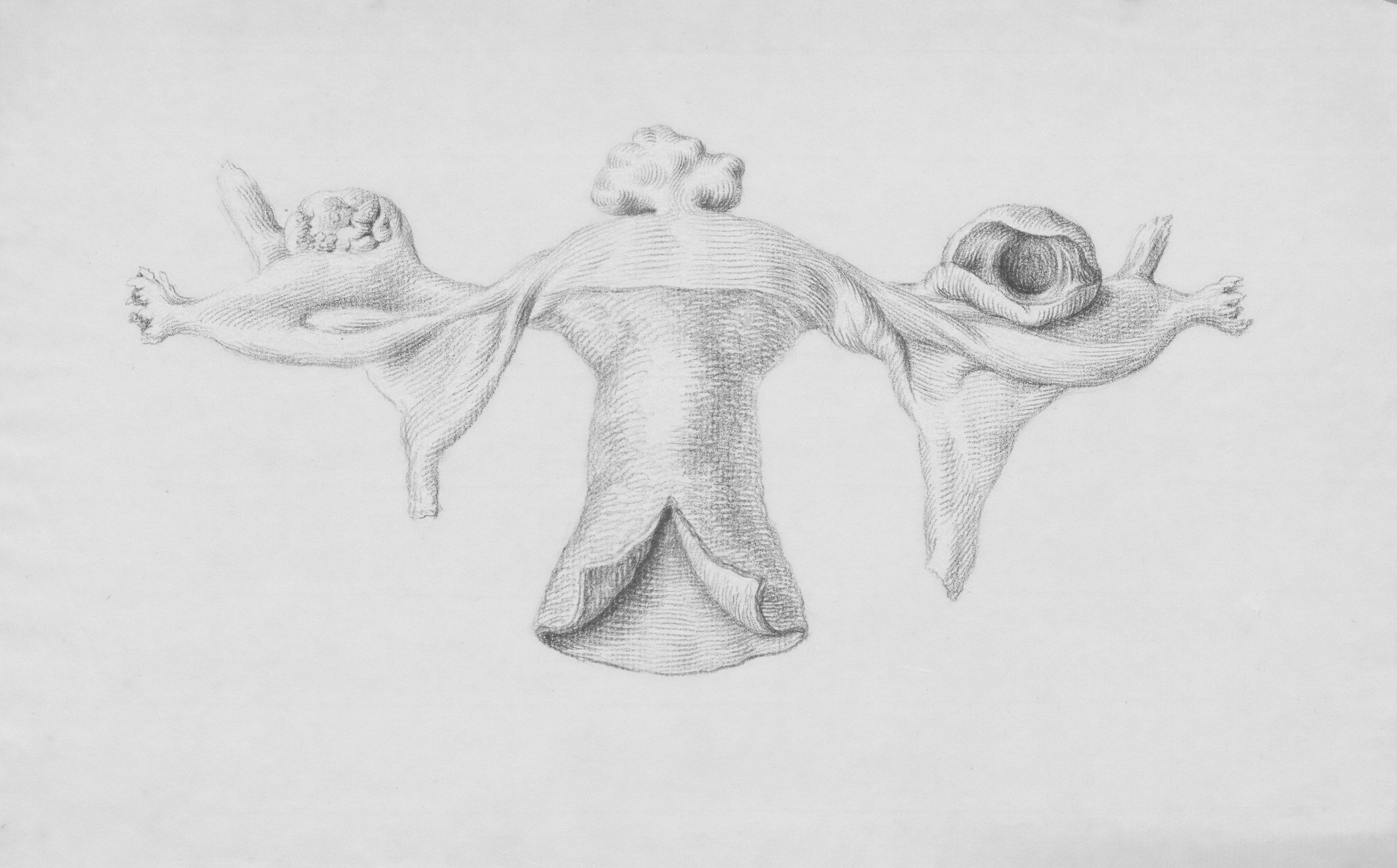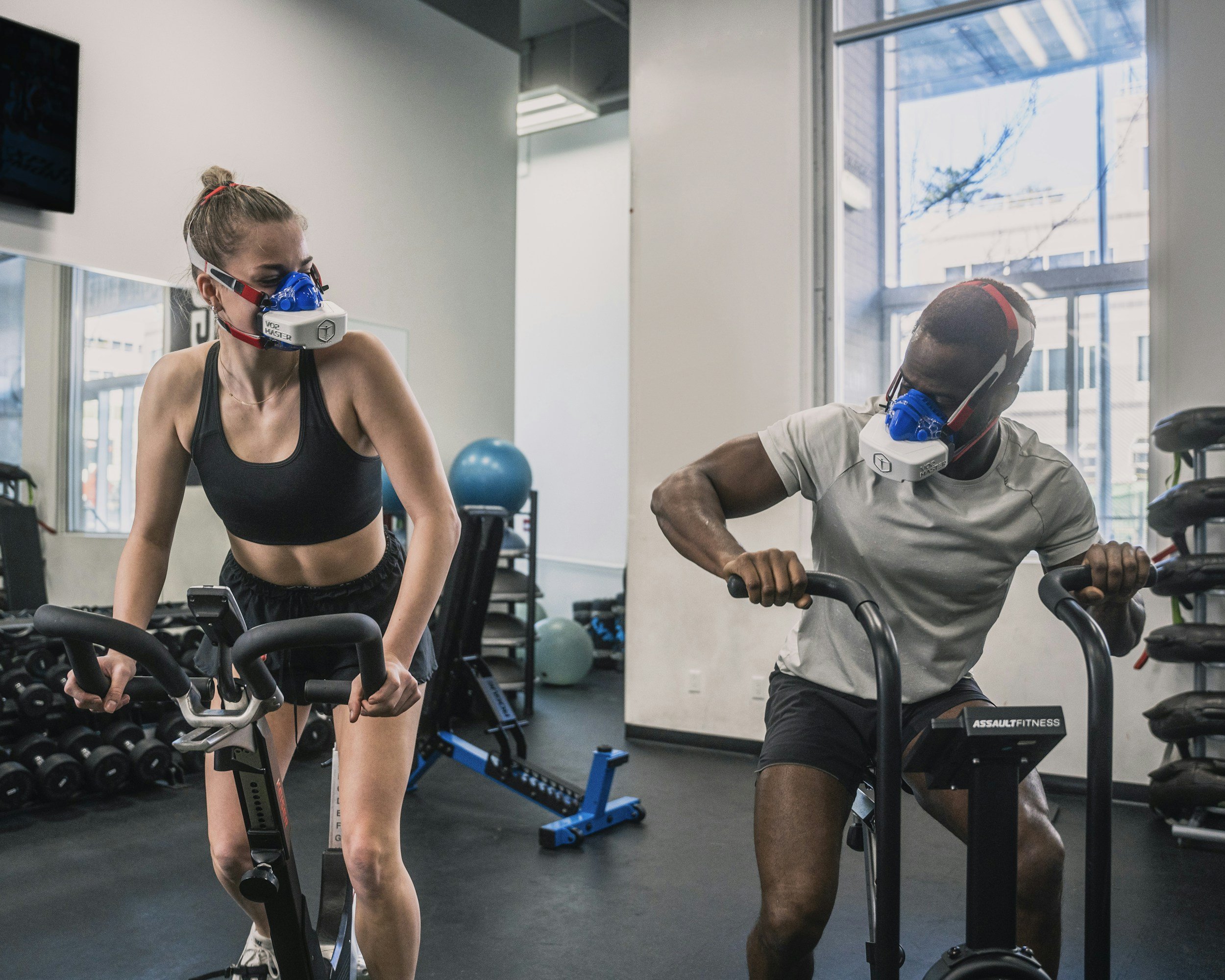Looking for a specific women’s football research topic?

Examining the relationship of training load and menstrual cycle on a web application-based load and recovery score: A longitudinal observational study in elite women’s soccer
This article focuses on a new way to monitor how elite female soccer players handle training and recovery, especially considering their menstrual cycle. Many current monitoring methods don't take the menstrual cycle into account, even though it could affect how athletes perform, respond to training, and recover. The study used a new web application to track a "Load and Recovery Score" (LRS) daily. This LRS combines different measures like physical performance, overall recovery, muscle stress, fatigue, mood, and sleep quality.

Bayesian methods for estimating injury rates in sport injury epidemiology
This article, titled "Bayesian methods for estimating injury rates in sport injury epidemiology," introduces a sophisticated approach to understanding how and why athletes get injured. Traditionally, researchers have used "frequentist" methods to calculate injury rates, which mainly rely on the numbers they directly observe. However, this paper proposes using a "Bayesian" approach, which models injury counts as outcomes of an underlying process and is better at handling uncertainty. A key advantage of this Bayesian method is its ability to create believable injury rate estimates even when there isn't much data available, which is often the case for less common injuries or specific sports.

Metabolomic profiles and antioxidant intake in female soccer players:a cross‑sectional study
This study looked into the diet and body chemistry of professional female soccer players to understand how their intake of important antioxidants affects their health and performance. When athletes play intensely, their bodies produce unstable molecules called reactive oxygen species (ROS), which can cause stress and hurt performance or recovery. A diet rich in antioxidants helps the body fight this stress. However, there isn't much specific research on female athletes, and many nutritional guidelines are based on studies of male players, even though male and female athletes have different physical demands and responses.

Less than 4% of participants in studies of carbohydrate-based fueling strategies for soccer performance have been female: results from an audit of her representation
Women's soccer has grown significantly in popularity and professionalism, making it crucial for players to have proper nutrition, especially regarding carbohydrate (CHO) intake, to perform at their best. However, this study aimed to investigate whether the scientific information guiding these carbohydrate recommendations for soccer players is actually based on research involving female athletes.

Predicting Field-Sport Distances Without Global Positioning Systems in Indoor Play: A Comparative Study of Machine-Learning Techniques
This study addresses a challenge faced by field-based sports teams, like women's soccer, that often train indoors: Global Positioning Systems (GPS) don't work inside, making it difficult to track how far athletes run or sprint.

Lower-Limb Flexibility Profile in 142 Competitive Female Football Players: A Cross-Sectional Study
This research study focused on understanding and measuring the normal flexibility of the lower body in 142 competitive female soccer players. The main goal was to create a set of reference values, or "benchmarks," for how flexible players' hips, knees, and ankles should be. These benchmarks can help coaches and trainers figure out if a player's flexibility is typical, better than average, or below average.

Prepare for the Unpredictable: Sex differences in neck strength and the association with head acceleration in predictable and unpredictable perturbations in football
This research looked into how male and female football players respond to impacts on their head and neck, especially focusing on differences in neck strength and how the head moves during hits. The study found that while both male and female players experienced more head movement (called "head acceleration") when they couldn't anticipate an impact, female players showed significantly greater head acceleration and displacement, particularly in these unpredictable situations.

ACL Injuries in Women’s Football: The Professionalisation Mismatch
The article discusses a problem in women's football called the “professionalisation mismatch” . This refers to how the sport is rapidly growing and demanding more from players, but the support and resources provided haven't kept up . Despite women's football becoming more professional over the last two decades, the number of serious knee injuries, specifically ACL (anterior cruciate ligament) tears, has stayed about the same .

Load distribution across weekly microcycles according to match schedule in a team competing in the Australian national A-League Women’s soccer competition
This study examined the daily training and match loads experienced by a professional women's soccer team in the Australian A-League Women's competition over a single season. The researchers collected data on how hard the players worked, both internally (how tired they felt) and externally (how much they ran and at what speeds), across different weekly schedules based on when matches were played.


Acute responses to a potentiation warm-up protocol on sprint and change of direction in female football players: a randomized controlled study
This article looked at whether a specific type of warm-up, called a potentiation warm-up, could help female soccer players sprint faster and change direction more quickly. Researchers compared this potentiation warm-up, which included jumps and sprints with changes of direction, to the players' usual warm-up routine.

Injury Prevention Strategies in Female Football Players: Addressing Sex-Specific Risks
This research paper looks at the increasing role of women in football globally, but also points out a significant problem: female players are experiencing more and more injuries. Even though football is well-studied, less than 25% of the research focuses specifically on women.

Knee and ACL injury rates in NCAA soccer players: an epidemiological study of 10 consecutive seasons
This study examines knee and ACL injury rates in NCAA men’s and women’s soccer over 10 seasons (2009-2019). Using data from the NCAA Injury Surveillance Program, researchers found that knee injuries were more common in women’s soccer than in men’s, with an injury rate of 14.87 per 10,000 athlete exposures (AEs) compared to 10.81 in men’s soccer.

Normative Performance Test Metrics in Professional Female Club Soccer
This study establishes normative performance metrics for professional women’s soccer players, focusing on key lower-body strength and power tests. Researchers evaluated 28 players from an NWSL club using three common performance assessments: the Counter-Movement Jump (CMJ), Isometric Mid-Thigh Pull (IMTP), and Nordic Hamstring Curl (NHC). The results showed that professional female players had an average jump height of 28.9 cm, peak vertical force of 1869 N in the IMTP, and notable limb asymmetries in hamstring strength.

Seasonal Changes in the Physical Performance of Elite Youth Female Soccer Players
This study examined how the physical performance of elite youth female soccer players changed over a season. Researchers tracked 113 players (ages U10 to U16) and measured their speed, strength, power, change of direction (CoD), and aerobic fitness at three points during the season (pre-, mid-, and post-season).

Non-contact injury incidence in professional women’s football depends on the starting status of the player
This study examined the relationship between playing time and non-contact injury risk in professional women’s soccer players. Researchers tracked 37 players from a Spanish professional team over two seasons, categorizing them as starters (playing >70% of matches) or non-starters.

The incidence and burden of concussion in men’s and women’s English professional football
The study explores the incidence and burden of concussions in elite English football, comparing both men's and women's international and domestic levels. Between 2012 and 2022, data from 327 concussion injuries were analyzed. It was found that concussions represented a higher percentage of all injuries in women's international (7%) and domestic football (5%) compared to men's international (3%) and domestic football (2%).

Analysis of running performance in the two main Spanish Women’s football leagues: A case study
This study analyzed the running performance of players in Spain’s top two women’s football leagues, focusing on training sessions and match demands. Data from 32 players over two seasons revealed that competition matches required significantly higher physical effort than training sessions, with only the post-match session (MD+1) occasionally surpassing match demands in sprinting and high-speed running.

Relationship Between Anthropometric Profile, Body Composition, and Physical Performance in Spanish Professional Female Soccer Players at Pre-Season Onset: A Cross-Sectional Study
This study examines how body composition affects the physical performance of professional female soccer players at the start of pre-season. The findings reveal a strong correlation between muscle mass and anaerobic power, while fat mass negatively impacts explosive strength, aerobic performance, and recovery capacity.

Analysis of Musculoskeletal Injuries in Elite Female Soccer Players: cohort study in one Brazilian Team
The article "Analysis of Musculoskeletal Injuries in Elite Female Soccer Players: A Cohort Study in One Brazilian Team" investigates the risk factors for lower limb injuries in elite women's soccer. The study followed 27 players over four months, analyzing physical attributes such as trunk mobility, hip stability, and flexibility.
